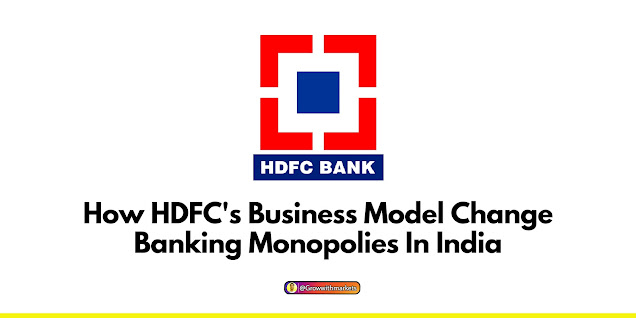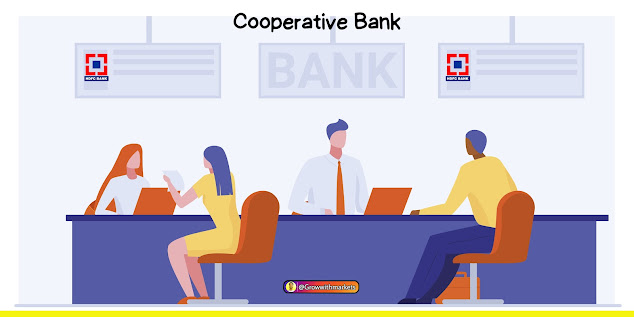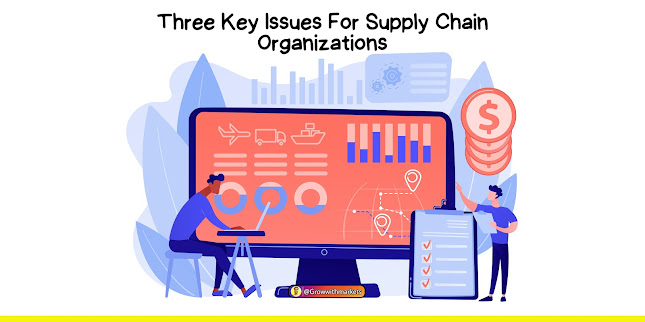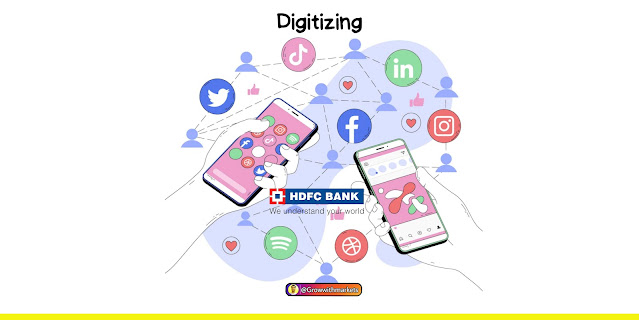Hey Buddies HDFC is a remarkable participant in the Indian Banking Market.
What began as a small bank with a few innovative and ambitious bankers has grown to become the largest and maybe the most powerful bank in the world.
The most dominant private sector institution in the Indian Banking area, and the share price of htfc has increased by even more than 8,000 percent in the last 21 years, rising from 17.86 rupees in January 2000 to even more than 1,400 rupees presently.
What's more, this return rate over the last 20 years has outperformed the stock returns of reliance, Microsoft, and even Amazon.
In reality, the company's income has decreased by 350% in the last 10 years, falling from one lakh fifty five thousand eighty five crores in 2012 to one lakh fifty five thousand eighty five crores in 2022.
One question is how hdfc became such a prominent force in Indian Banking.
How did it shatter the monopolies of India's nationalized banks? and What business strategy lessons can we take from the renowned executives of HDFC Bank?
HDFC Business Model
The first thing we need to grasp is how a bank works. In basic terms, a bank takes money from the people such as you and me Businessmen and corporations by supplying us with savings and current accounts.
They are the most important assets to a bank since they must pay relatively little interest to both of these stakeholders. Furthermore, using the deposited money, the bank provides services such as house loans and auto loans, for which they pay the interest to a borrower.
As a result, the bank's profit equals the interest received from borrowers less the interest given to depositors.
The hitch here is that in the 1990s, even though hdfc held the rbi license. Despite the fact that it was funded by Mr Deepak Parikh personally, no one believed a new bank given all of the frauds that were going on.
As a result, in its early days, HDFC lacked sufficient deposits, making it unable to provide enticing services to borrowers. So, you wonder What the famed HDFC team went on to undertake some significant Market Research?
Conduct market research to identify market gaps one such gap they discovered was the pain of cooperative bank transactions. To tell you the truth, cooperative banks were confined to one state in 1998.
Interstate Transfers
Their clients and branches were in that state, therefore when it came to interstate transfers, they had to rely on some other bank in another state, for example:
Consider the following Two Individuals: Mr. Gopaldas and Mr. Sham Sunder.
Mr Gopaldas is indeed a Maharashtra cooperative bank client who purchases cement from Sham Sundar for 10 lakh rupees.
Who is a Gujarati Because Gobaldas pays via check, Sham Sundar returns to Gujarat and puts the check in his ABC bank.
This ABC bank clears the cheque & pays Sham Sundar, but they charge a processing fee and it takes 3 to 4 days to deposit the money since they have to transmit this cheque to their Maharashtra partner bank to clearance it.
Cooperative Bank
As a result, the bank was trapped with 10 lakh rupees of fake sudar for 3 to 4 days. In addition, he must pay a processing charge. When this occurred with Sham Sundar, Shyam Sundar need 30 lakhs in additional working capital for two to three clients.
Simply because of the bank's time-consuming procedure. This is why the majority of suppliers were unwilling to accept a Cooperative Bank's check.
1. The cooperative banks lost these high-value accounts from local businesspeople. However, hdfc provided a straightforward answer in this case. That is because HDFC has branches all throughout the country.
It will issue checks to all cooperative bank clients at the same rate, so when Gobaldas writes a check to Sham Sundar or ten lakh rupees, instead of returning the cheque to Maharashtra.
Sham Sundar may deposit this cheque at the local sdfc branch in Gujarat, and the hdsc would clear the check without even any fees or delays. Learn More: The Rise Of Esports: Evolution Of Esports Industry
This is how cooperative banks can pay their suppliers all throughout the country, and it is because of cooperative banks that they exist were able to keep their high-value consumers.
However, in exchange, hdfc requests that these cooperative banks preserve interest-free deposits with hdc bank. For example, suppose ten cooperative banks deposit 20 lakh rupees with hdfc.
Hdfc possessed 2 crore rupees of low-risk, interest-free cash that they could utilize to generate a profit by providing auto loans, housing loans, and other services.
2. The great team of hdfc detected a gap in the operation of the Stock Market in 1998 and informed you about it.
Similarly to today, there were five parties in the stock trading system back then: the buyer, the buyer's broker, the stock exchange broker, the seller, and the seller, and before to 1990, all of these transactions were carried out physically via share certificates.
However, when the computer revolution accelerated in the 1990s, the trading process began to shift, and we witnessed the growth of stock dematerialization.
When stock transfers began to take place electronically rather than physically. However, the hitch over here was that, while the share transfer occurred electronically, cash were still transmitted physically, for example, if you were Mr Partel.
You are a sbi buyer from Maharashtra. If you wish to purchase 10 shares at 500 rupees each, you must offer the broker a 5,000 rupee check drawn on an icici bank account.
He then gave the stock exchange another 5,000 rupee cheque. which had a Canadian bank account, and then presuming that the exchange does have a seller
It will carry out the transaction by handing over a 5,000 rupee cheque to the seller's broker.
3. The seller's broker then hands over another cheque to the seller, Mr Singh. Following this transfer, the shares were instantly electronically transferred to the buyer.
Three Key Issues For Supply Chain Organizations
However, the system's flaw was that it was extremely inefficient, resulting in three key issues for supply chain organizations.
1. Each of these transactions was this took 2 to 3 days, occasionally 5 to 7 days, because each company with in supply chain used to have a separate bank which had varying transaction times.
2. When a brokerage had several customers, the procedure got much more complicated. who, once again, has many bank accounts with varying processing timeframes.
3. On the seller's end, the broker was required to complete the transaction for the number of shares sold by Mr Singh.
So, even though the money did not reach Mr Singh's bank account, he would have to pay 5000 rupees to him, which meant that the broker needed to have a large quantity of working capital with a shortage of rubies in his account.
Which will only be utilized to repay the sellers, and last, while this transaction was taking place, the exchange had no means of knowing whether the broker had adequate balance to execute the trade or not.
To reduce this risk, the exchanges were required to provide data on various brokers' dues to a bank at the end of the day for verification.
Whether the brokers had just enough money to perform their trades or not, Canada Bank used to transmit data every day in the evening claiming mr singh and mr sheikh had 1 lakh rupees and are obliged to conduct trades worth 80,000 and 1.2 lakh rupees, respectively.
This made the procedure even more inefficient, time-consuming, and expensive.
However, this is why, ladies and gents, hdse bank created a revolution by opting for just a software solution known as the micro banker.
This was created by the business iflex solutions Micro banker was an online banking automation solution that was completely integrated.
Other banks, on the other hand, either considered internet banking as well ahead of its time, persisted with Offline Banking, or had a combination of both online & offline.
This gave HDFC the ability of electronically transferring payments with minimum human involvement, and what followed was none short of a revolution.
Now, HDFC can ensure that not only shares but also cash are sent electronically to stock market Supply Chain Companies, reducing transaction time from 5 to 10 days just to 2 to 3 days.
This provided the whole supply chain with three qualities that were nothing short of a superpower to a stakeholders.
1. All buyers and sellers may complete the deal in 2 to 3 days, making the entire process incredibly efficient in terms of computation and strategy.
2. The exchange could promptly determine whether the brokers had the cash to complete the deal, saving them a lot of time.
3. Instead of having 3 lakh rupees in working capital, the broker required much less.
He can operate with only one lakh rupees since the monies were coming in and going out so swiftly that they had ample time to finalize the transaction.
Indian Stock Market System
This is how HDFC changed the Indian Stock Market System. Some may ask, "Yeah buddy, what's the big deal about utilizing a computer and the internet for banking?
I have to inform you that this isn't like ordering pizza online; we're talking about deploying cutting-edge technology to complete vital transactions in the stock market.
This necessitates a significant amount of work in reskilling your personnel and establishing new methods and procedures that have never been utilized in India.
Because you're dealing with vital transactions, it comes at the expense of putting the firm itself at danger. However, in the instance of HDFC, the precise implementation of this plan yielded benefits well above anyone's expectations. Learn More: Paytm Revenue Model - How Does Paytm Makes Money
This resulted in a flood of hdfc accounts being opened from 1999 forward, and not only did all of the brokers migrate to hdfc.
However, They also requested that its clients transfer to hdfc accounts, and beginning with the NSC in 1998, the hdfc bank became a clearing member of any and all major exchanges by fy2000.
By FY2000, 800 broker accounts and the bulk of custodians were Utilizing Hdfc Bank Services, and by the late 1990s, hdfc bank had acquired 80 percent of the settlement market.
Furthermore, HDFC began extending lines of credit for brokers to cover their excess transactions, giving them another another motive to win the large ticket accounts of India's stock brokers.
This is how Lees and the German HDFC bank ended up with the most valued current accounts into saving accounts, providing them a large sum of money to use for financial services.
Digitizing
Finally, they carried out a similar approach to tap into major corporate accounts by digitizing their employees compensation system, and as a result, HDFC received crores of rupees in its bank account in the form of large corporate current accounts.
On the other hand, they obtained tremendous retail banking penetration since all of these firms' employees migrated to HDFC accounts, which is why they grew from 1994 to 2000 in just six years.
HDFC moved from being a small bank to becoming a household name in the Indian Banking Industry. This leads me to the most significant aspect of the article.
Three Extremely Significant Lessons From HDFC
The case study's takeaways There are three extremely significant lessons to be drawn from the emergence of HDFC.
1. When you are a new participant in the Industry, always look for holes inside the market before entering the mainstream market.
This was also seen in the case of Asian pins. In this scenario, hdc used the cooperative bank's transactional pain to get low-risk industrial deposits. which subsequently created the groundwork for its expansion
2. As Guy Kawasaki famously remarked, innovation emerges when a corporation jumps to the next curve & reinvents an existing process, in this instance the iconic dream of Hdfc. Hdfc had the guts to go on a digitization journey.
3. Please study the books The Unusual Billionaires and The Bang for Your Buck. Both of these books have provided me some amazing insights about HDFC Bank.
Read More: Aman Gupta's Marketing Strategy That Make Boat No.1 || Boat Business Model
Well, if you like this post then Subscribe Our Growwithmarkets Youtube Channel for latest videos/posts Here Is Some Latest Videos, thankuuu.....













0 Comments